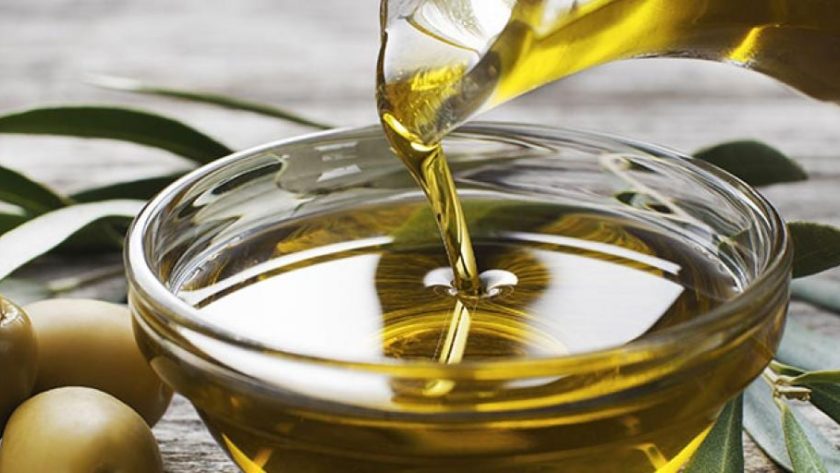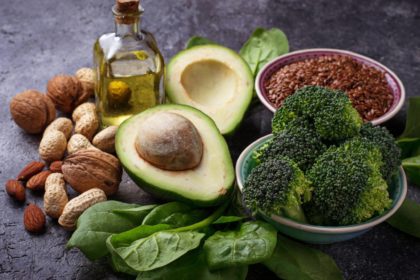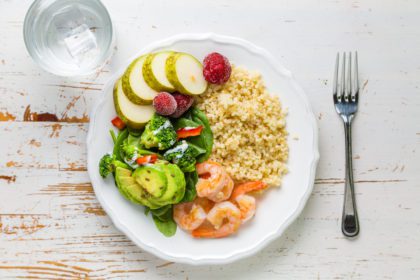The Feds have cracked down on olive oil. The USDA has adopted scientific standards and legal definitions for olive oil terms, such as extra virgin, virgin, pomace, light, extra light, unfiltered, and cold-pressed.

The move was petitioned by the California Olive Oil Council, a trade association of olive oil producers, to make oil producers accountable for freshness and purity, ease pressure on prices, and help shoppers become informed consumers. The USDA will start enforcing the standards in October when olives are harvested.
Until now, there was no objective criteria for the various grades of olive oil and no common language for trade and quality assurance. The marketing terms were pretty confusing and meaningless to consumers. The USDA grade standards are available here (PDF).
For some time there has been concern over the quality and alteration of olive oil brought into the United States. With the enforcement of federal standards, unscrupulous importers will be unable to sell lesser quality refined olive oil or oil mixed with cheaper oils, such as sunflower seed or hazelnut oils, as a premium grade oil.
In 2008, U.S. olive oil production was 3.8 million pounds. Domestic consumption of olive oil in 2008 was just over 450 million pounds per year which was mostly imported.




